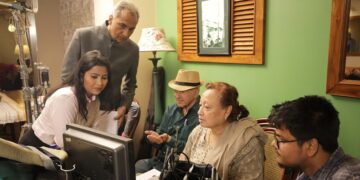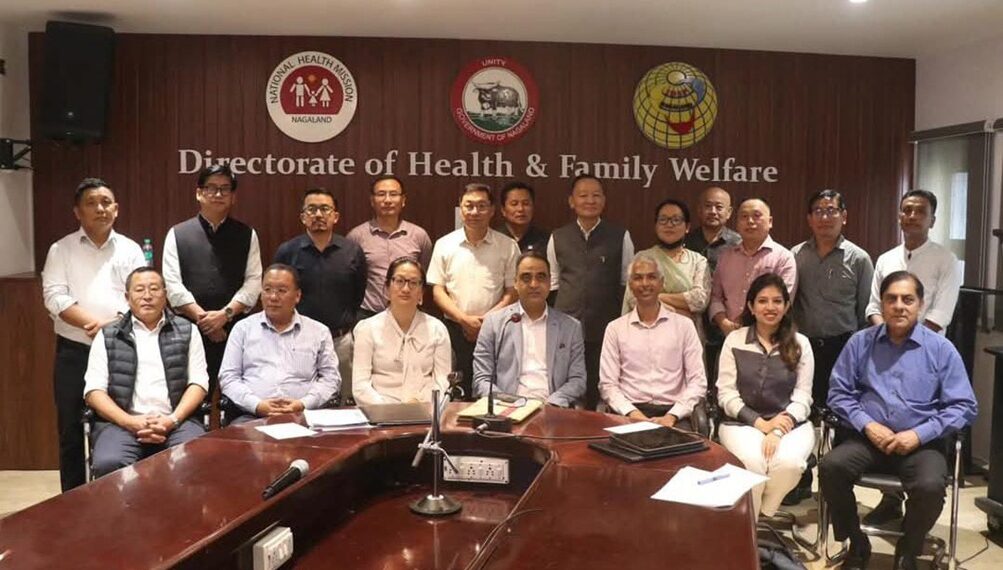Kohima: The Government of Nagaland has entered into a strategic partnership with the Centre for Cellular and Molecular Platforms (C-CAMP), Bengaluru, to strengthen its public health system through the deployment of indigenous, innovative technologies.
The agreement was formalised by C-CAMP Director & CEO Dr. Taslimarif Saiyed and Anoop Khinchi, Commissioner & Secretary, Health & Family Welfare, Nagaland.
The collaboration builds on C-CAMP’s previous interventions in the state during the COVID-19 crisis, when it helped set up two oxygen-supported augmented hospital facilities—a 50-bedded unit at Dimapur District Hospital and a 39-bedded unit at Imkongliba Memorial District Hospital in Mokokchung.
These centres, established at the peak of the pandemic, continue to support patients even today.
Outlining the vision of the partnership, Health Commissioner Anoop Khinchi said the state was committed to creating a resilient and inclusive healthcare system.
“We aim to introduce and implement innovative technologies with C-CAMP to improve health outcomes. This is a long-term vision to build an innovation-driven system that guarantees equitable access to quality care for all citizens,” he said.
C-CAMP, an initiative supported by the Department of Biotechnology, Government of India, has already impacted 19 states, trained over 5,000 health workers, and reached more than six lakh lives through its technology-based health programmes.
ALSO READ: Meghalaya MP seeks fair wages, social security for Anganwadi workers
“This MoU opens a structured pathway for collaboration with Nagaland to generate evidence and build field impact. The success of our earlier initiatives has paved the way for scaling up technologies across states. We are excited to replicate this momentum in Nagaland,” Dr Saiyed said.
As part of the immediate roadmap, C-CAMP and the state health department will identify and roll out state-specific innovations, especially in areas such as maternal and child health, non-communicable diseases, and other pressing public health priorities.
The partnership will also strengthen clinical capacity, improve healthcare infrastructure, and establish stronger linkages between innovators, frontline workers and clinicians to ensure successful adoption of these technologies.















